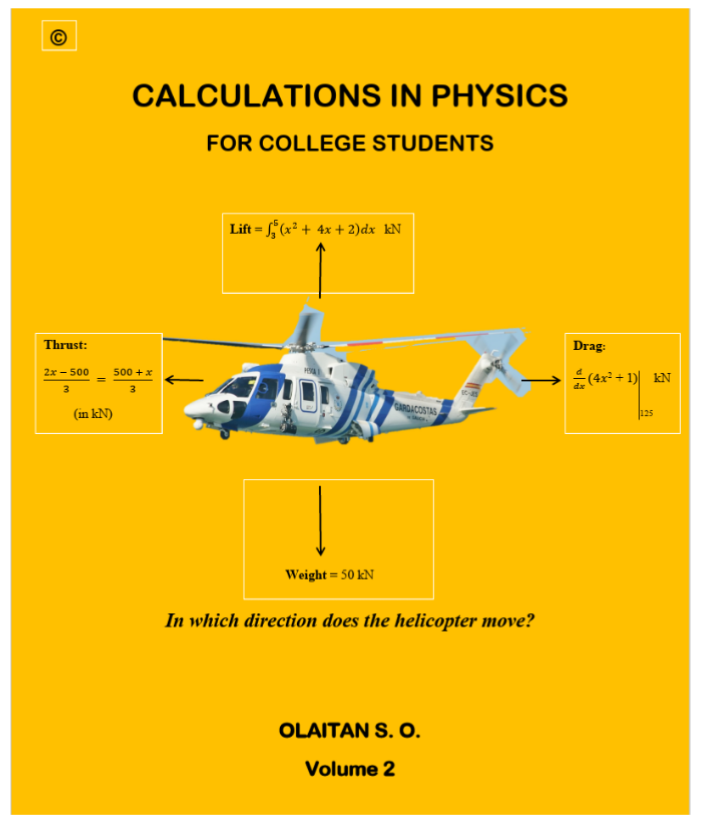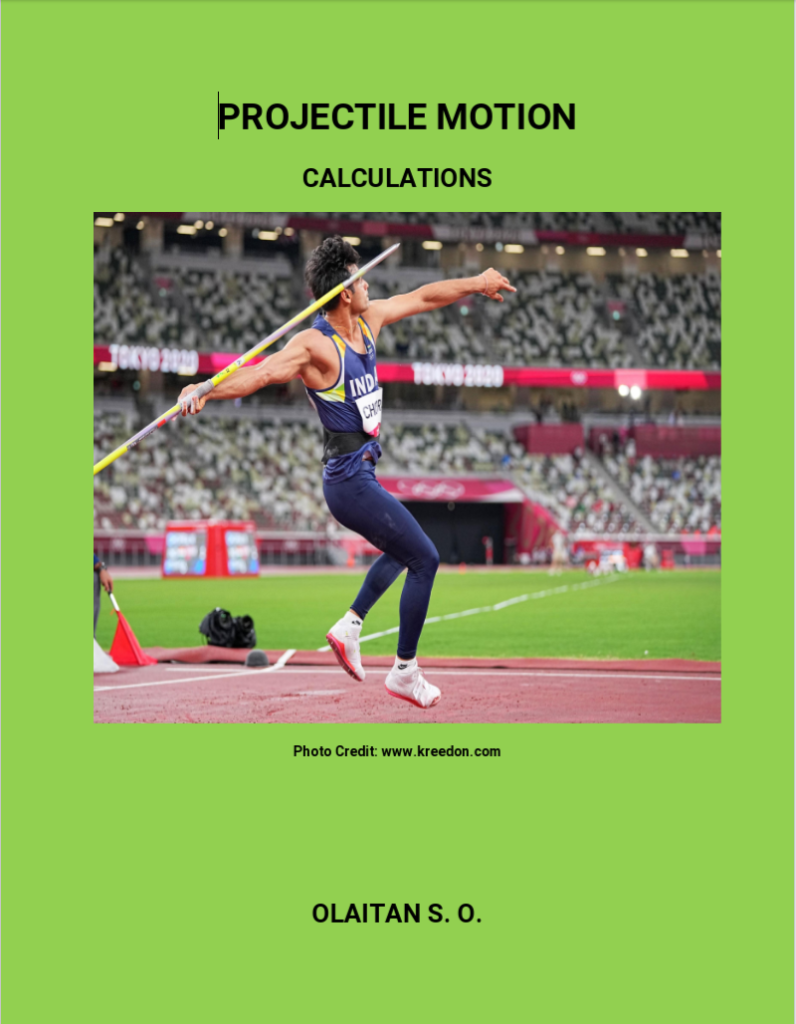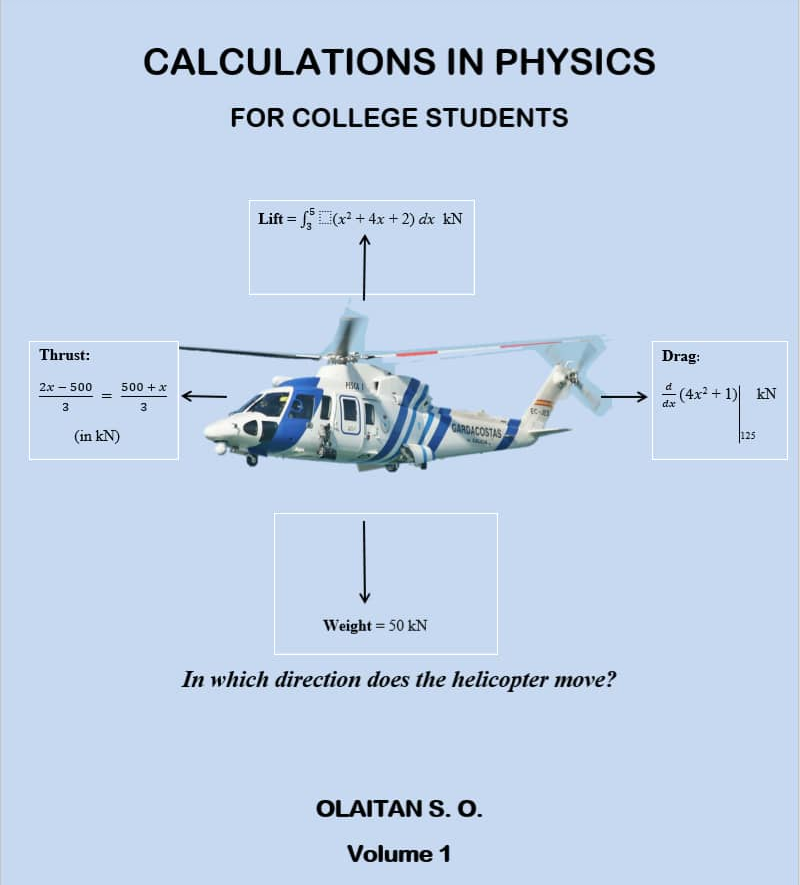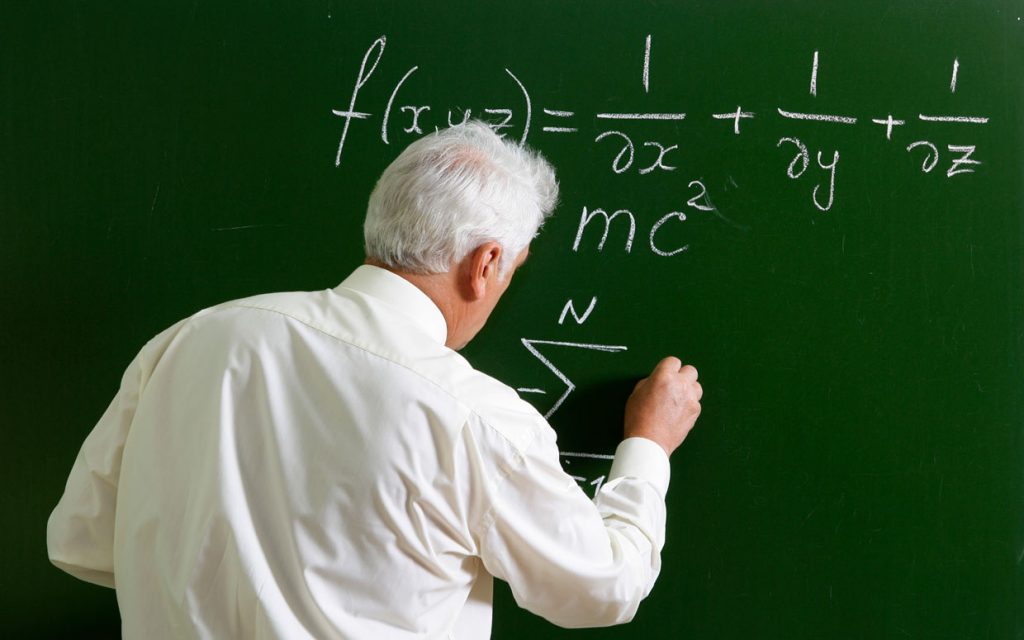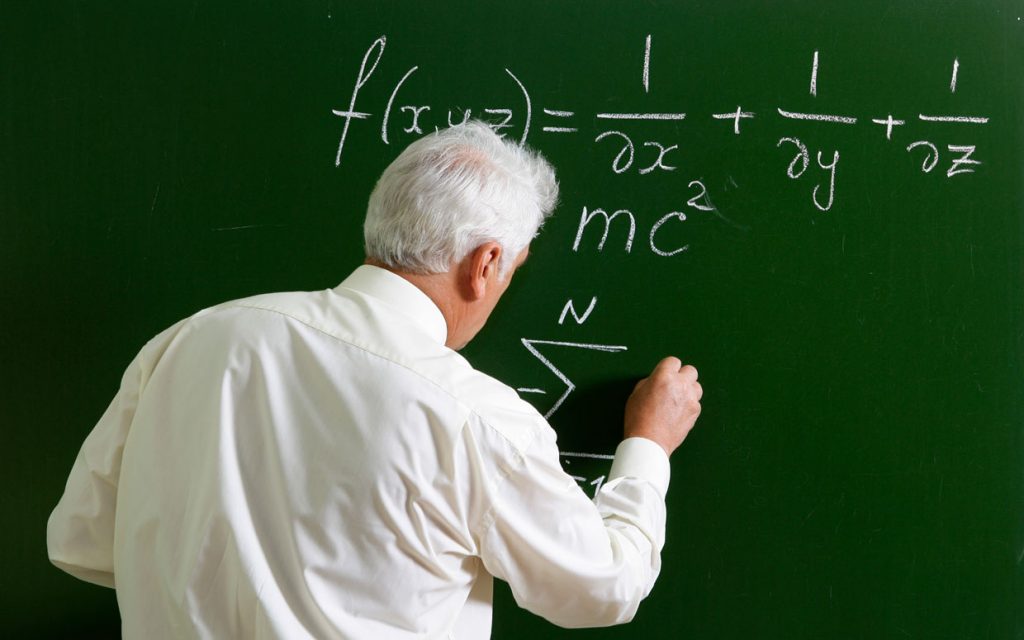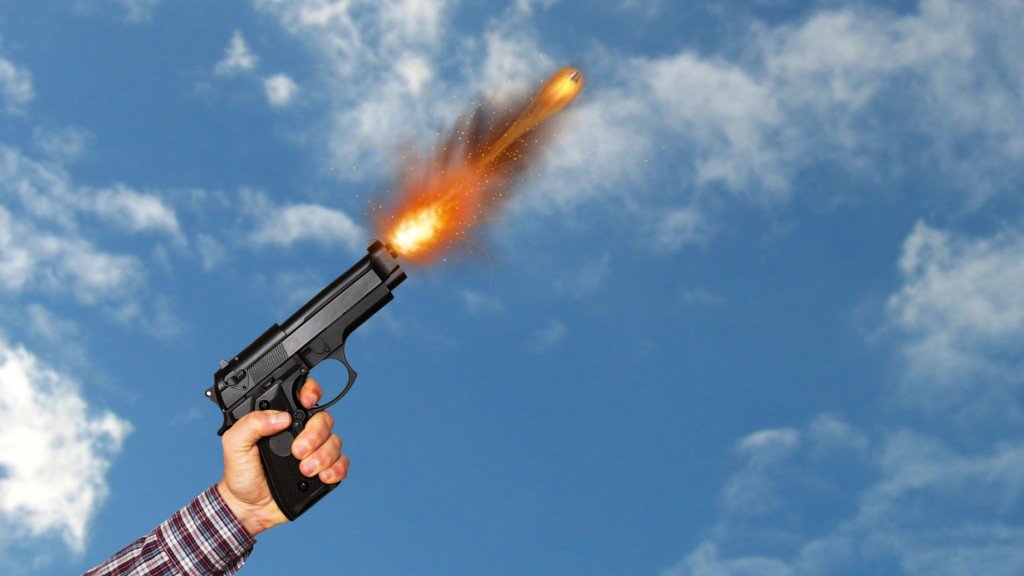
When a bullet is fired vertically or almost vertically into the sky, the bullet would keep going upwards in the sky, while it speed reduces (decelerating), until it reaches the maximum height. Its speed reduces because of gravity and air drag. At maximum height, the speed of the of bullet would be zero and the bullet would have maximum potential energy.
For the return path of the bullet’s journey (i.e. coming down), it’s initial speed is zero. It’s like a mango hanging on a tree and about to fall. As the bullet falls, it’s speed increases (i.e. it’s accelerating). This falling speed would not keeping increasing forever. This speed would keep increasing until it attains Terminal Speed. Terminal speed simply means maximum constant speed the bullet would attain while falling. After the falling bullet attains terminal speed, it would continue to fall with that same constant speed with no acceleration.
Falling objects attain terminal speed because of the air drag. So, the terminal speed of the bullet is considerably small when compared with the muzzle speed (i.e the speed with which the bullet was fired into the sky at the beginning.).
Assuming there is no atmosphere (i.e. no air drag), the bullet would return to the ground with the same speed with which it was fired! Deadly! So, the bullet returns to the ground with terminal speed, a relatively small speed when compared with the bullet’s muzzle speed.

Bullets are highly streamlined to defy air drag as much as possible. They are highly dense so as to cause the required damage. With this two factors, the terminal speeds of bullets are considerably high when compared with other objects. Firearms expert, Julian Hatcher studied falling bullets in the 1920s and established that . 30 caliber rounds reach terminal speeds of 90 m/s.
According to the American Journal of Forensic Medicine and Pathology (June 1981, p 107 – 110), in order for a missile to perforate the skin and enter the underlying tissue and muscle, a minimum speed in the order of 70 m/s is necessary with an energy/area of presentation of approximately 2.1 m-kg/cm2. Compare the speed here with what Julian Hatcher established in his studies.
A bullet fired up at an angle would maintain its ballistic spiral and trajectory. It would fly in an arc with its pointed end in the direction of the trajectory. However, a bullet fired vertically or almost vertically into the sky would tumble on its way down. Higher air drag on the flat would make it tumble. It would still fall to the ground with its pointed end facing downwards. It would strike whatever it is on the ground with its pointed end.
Kuwaitis were having end of war celebration in 1991 at the end of the Gulf War and their soldiers were firing bullets into the air. Falling bullets killed 20 people in that celebration. Between the years 1985 and 1992, doctors at the King/Drew Medical Center in Los Angeles, California, treated some 118 people for random falling-bullet injuries. 38 of them died.
In conclusion, falling bullets can kill. Yes! Falling bullets can kill. Penetrating effect or momentum of a moving object is the product of its mass and its veocity (i.e. p = mv). Considering the relatively high terminal velocities of falling bullets and their concentrated masses, the momentum could be lethal, especially if the victim is struck with the pointed end of the bullet.
So, take cover when armed men start shooting even into the air!
Photo Credit: www.scienceabc.com, www.realestatebusiness.com.au

